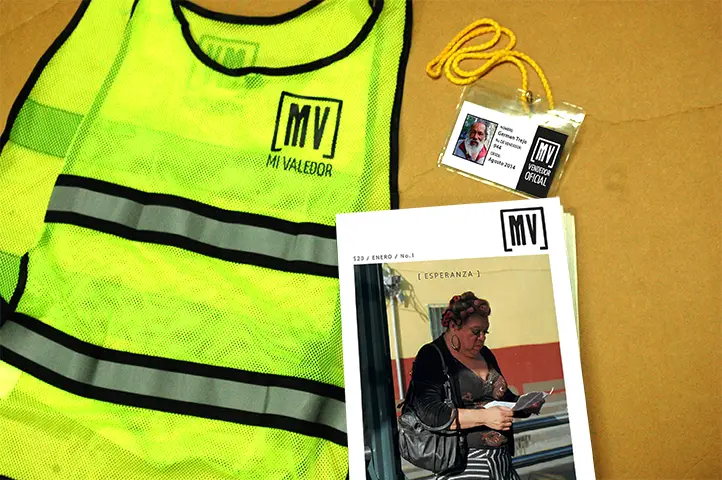How Gravity (And a Little Coagulant) Could Transform How Communities Clean Water
Purifying water is a problem as old as civilization. When people started living together in anything bigger than traveling bands of shepherds and hunters, potable water became a shrinking resource. The rotating belt of local oases or springs could satisfy you while you were constantly on the move but once you started needing the communal watering hole to keep your animals upright or your crops alive, cooperation became more tenuous and waterborne diseases became sundry. Getting sick from your drinking water was the tradeoff for settling down, and we’ve been repaying the debt ever since.
Making a dent in that bill has been the mission of thousands of nonprofits, institutes, NGOs, technology evangelists, well-intentioned individuals, and crusading celebrities. AguaClara, a decade old engineering project started by professors at Cornell University that is currently expanding its reach, is adding their name to the list by combining techniques that would have been familiar to the Romans and ones that would impress Elon Musk. It’s called “floccing”, and it might change how communities clean their water.
The process, in practice, is pretty simple, which makes it especially attractive for communities where specialized engineering skills are in short supply. (AguaClara currently operates in Honduras and India.) The engineering behind the process was years in the making, however,and involves water being injected with a coagulant that charges dissolved solids in the water and attracts them to each other. After undergoing a series of sharp 180 degree turns in the “flocculator” the clumps of sediment start to get heavier and eventually form a blanket on the bottom of the pipeline while the purified water flows overhead. Any microbes are taken out with a controlled dose of chlorine and ultra-fine particles are caught by a sand-based filter. (The process’ waste is funnelled out through a dedicated pipeline and staff engineers are currently trying to repurpose it as fertilizer.)

The engineers at Cornell know that the communities they’re aiming to serve—small, rural, typically low-skill—aren’t going to be able to hire a full-time manager to maintain and service a technically complicated water purification center. The plants are designed around low-impact engineering techniques including a conspicuous absence of intricate gearboxes and whirring machinery plucked from AutoCAD handbooks. The AguaClara plants use physics to do the bulk of the work, with the heavy lifting coming during the initial construction and training locals volunteers on how to regulate the hydraulic processes and manage the chemical levels. The plant’s plans are also all open source, as is the floccing process itself.
AguaClara’s mission isn’t terribly novel, but the communities it serves are slightly different than the ones typically associated with water crises. Unlike their counterparts operating in Africa and other parts of South America and Asia, AguaClara is engaging with towns that have relatively established infrastructure and connections with major cities. These aren’t villages that depend on a single volatile source of water but rather ones that may be tapped into an unreliable grid. They’re concentrating on bringing the margins closer to the center, a mission that doesn’t have the same draw as some of their more tail-minded counterparts but is important given the rural-to-urban diaspora happening quite literally everywhere on the planet. The continuing flow from subsistence farms to the widening girdles of urban areas mean fewer people will be living in communities completely separate from industrialized infrastructure. By the time urban centers become even more crowded, the question won’t be access to water but rather access to consumable water, and a solution that AguaClara offers something splitting the difference between the small, village-sized solution and the large-scale wastewater treatment centers that can cost hundreds of millions of dollars to produce.
There’s an argument to be made for community-owned, decentralized sources of potable water, especially with the kind of low maintenance technology AguaClara is proselytizing. The question is whether a charity filling a market gap can be successful battling private companies with deep pocketed investors. The engineers at AguaClara are confident that even when though they’re giving away their technology for free, the quality of their expertise and their premium status as inventors will keep them building plants for communities that want them. It’s not a new way of doing business, but then again there’s nothing new about the equation they’re trying to solve. Water is as old a problem as the world can remember.


